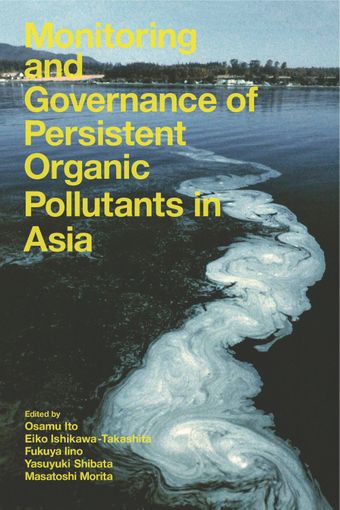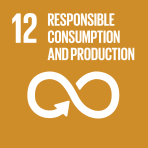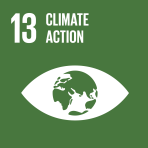Monitoring of persistent organic pollutants in Singapore

- Authors: Jingyi Lee and Hian Kee Lee
- Main Title: Monitoring and Governance of Persistent Organic Pollutants in Asia , pp 195-208
- Publication Date: January 2016
- DOI: https://doi.org/10.18356/0c0ac72f-en
- Language: English
Over the years, widespread contamination of toxic POPs such as OCPs, PCBs and PBDEs have caused great harm to human beings and the global environment (Allen et al., 1996; Simo et al., 1997; Fernandez et al., 2000). As these pollutants are lipophilic and persistent in nature, they can readily undergo bioaccumulation and biomagnification in the food chain (Erickson, 1997; Waid, 1990). Certain POPs such as lindane have already been identified to be possible carcinogens and there is growing evidence that these chlorinated compounds have the potential to elicit endocrine disruption in biota by impacting upon growth developmental, reproductive and hormonal functions (Ahmed, 2000; Colborn and Smolen, 1996). The presence of OCPs in the environment was mostly derived from agricultural and health-related applications such as in the use of insecticides to control pests and vectors of diseases.
-
From This Site
/content/books/9789280845587s007-c015dcterms_title,dcterms_subject,pub_keyword-contentType:Journal -contentType:Contributor -contentType:Concept -contentType:Institution105



